Mountain biking for city roads is the same as a jeep on the avenue with impeccable asphalt surface. But since you bought a mountain bike instead of a road bike, and it had toothy tires for dirt and soil, then this situation is corrected by changing the tires on each of the wheels.
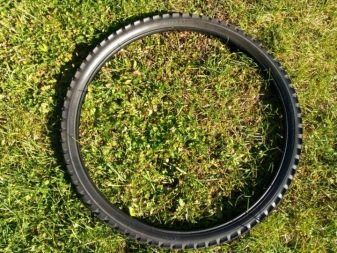
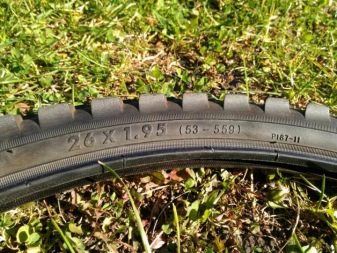
Why do most cyclists ride mountain bikes?
A mountain bike is good because it has not a dozen speeds, but much more, which allows the cyclist to climb almost any climb, no matter how steep. In part, this assortment becomes the primary and decisive factor when choosing a bicycle. Future owners are not stopped by the fact that a mountain bike is much heavier than a road bike by several or more kilograms.
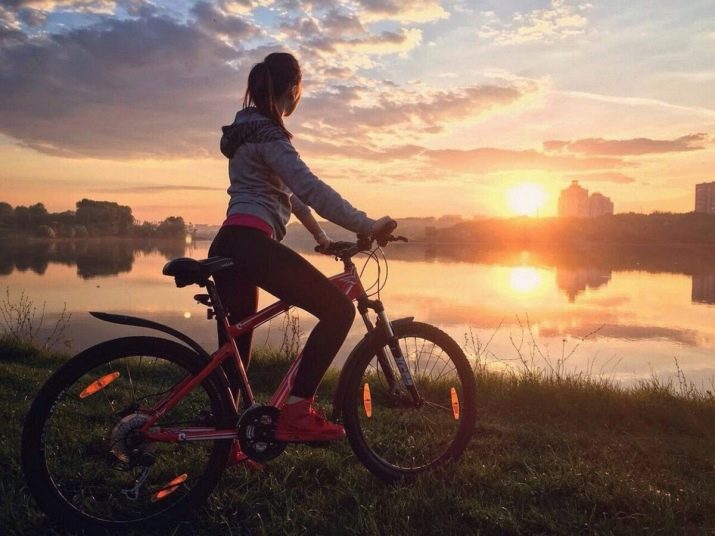
The second reason for choosing a mountain bike is the fashion imposed on mass media.. Therefore, in most cases, replacing a tire - the ability to correct a defect - the difficulty of acceleration, which all mountain bikes in the factory have.
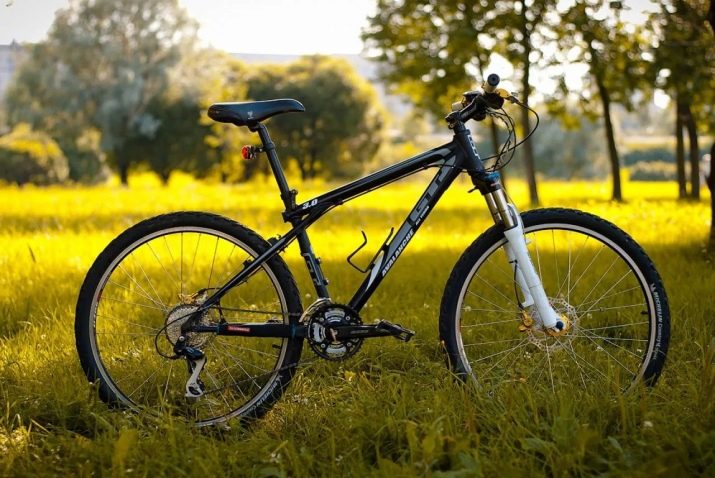
Most often, wheels with a diameter of 26 inches are placed on a mountain bike. In the case of hybrid bicycles, the wheels can reach 28, 27.5, 27 and 29 inches.
Replacing an aggressive tread tire with a much smoother tire requires at least 95% of users. According to statistics, only about 5% of mountain bike owners regularly go for walks and marathons on country roads, forests or fields. The lot of the vast majority - city parks and sidewalks, as well as the roads of city streets.
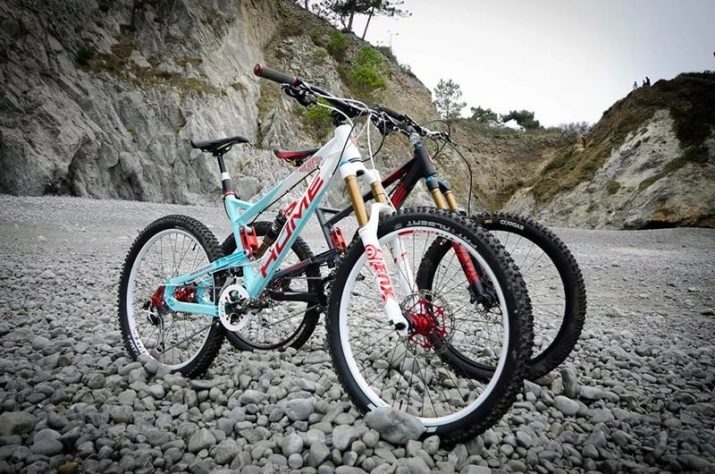
Tires for asphalt
The width of tires for road bikes is 20-28 mm. But such wheels can fall into the drainage grates, in the gap of the scattered paving slabs. In order not to be injured at a speed of 30-40 km / h, cyclists use road and hybrid bikes as racing bikes, where the wheel width is already 30-40 mm. They change spiky and "evil" tires to much smoother ones - slicks and half slicks.
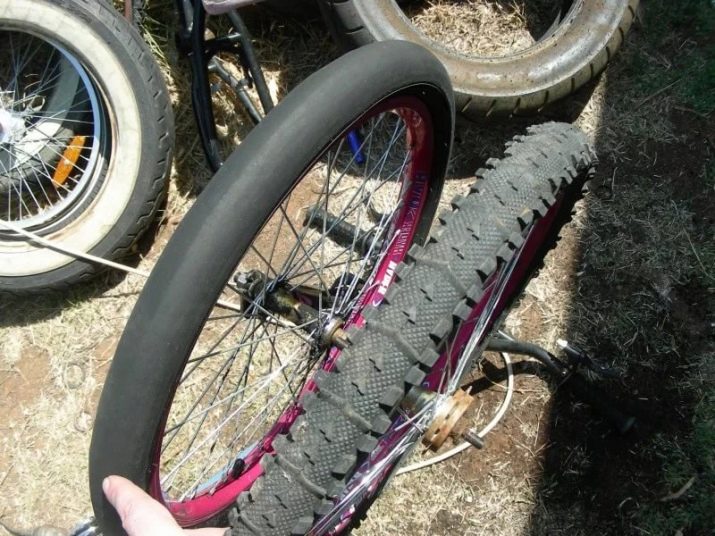
As a result, having increased the level of physical training, in a year such a biker does not have a problem to accelerate to 35 km / h - and keep this speed constant for at least 10-20 minutes. Experienced cyclists who know the local roads by heart and constantly monitor the quality of their surface can not change the road bike for any other.
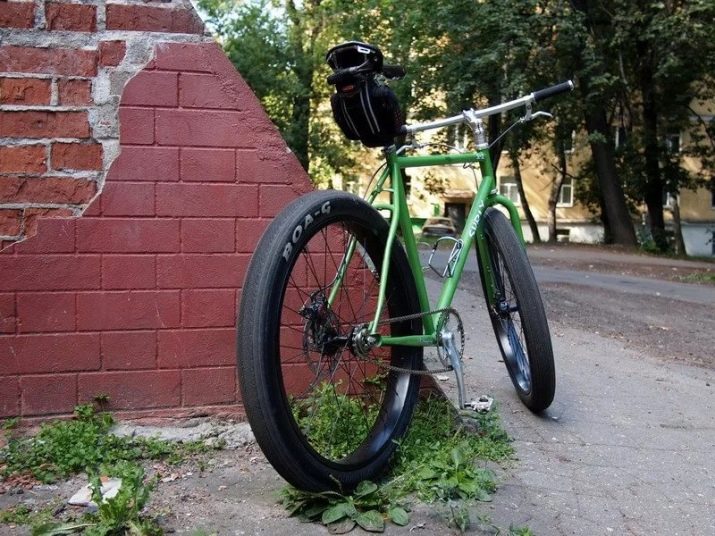
What gives a smoother and narrower tire?
The advantages of a narrow slick are as follows.
- Lighter wheel weight - faster acceleration. Actual for urban residents: at intersections and turns often have to slow down, stop.
- The bike will get lighter - it will be easier for you to bring it to the 8th floor.
- The contact area of the wheel with asphalt will narrow - reel will improve. One more plus to the gained and kept speed.
- Slick doesn't throw dirty water everywhere - she is all delayed by the wing. You will return home with much cleaner pants and boots than if you continued to ride on the "evil" rubber. You will have to wash your bike from dirt faster and less.
- In combination with a neat ride (on smooth and smooth paved roads) with mild braking the slick protector will be erased on average in 10 years.
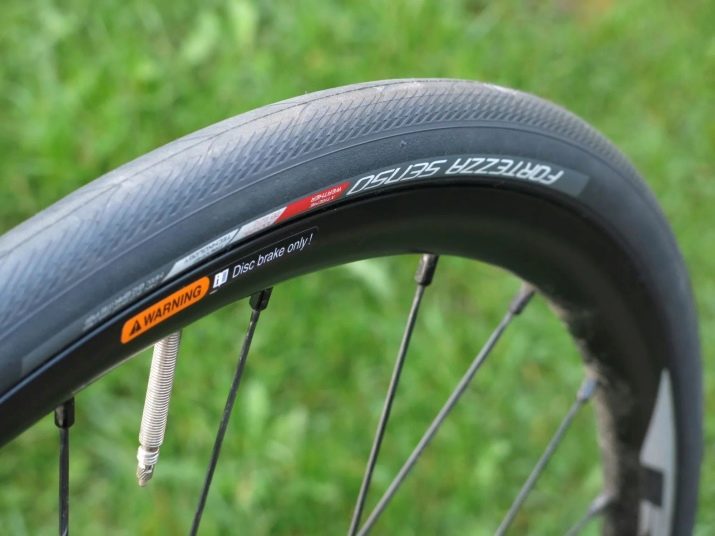
Slick is also not without flaws.
- Under the slick tire, and it is narrower, you need an appropriate camera. Cameras from mountain bikes with a width of 1.95-2.25 inches will not work: if they are inflated, but limited by the size of the tire itself, they will wrinkle. Folds under the influence of air pressure and the road will fray immediately.
- Much more than in conventional mountain bike wheels, the pressure will not immediately become a habit - for the first time, by inertia, instead of 5 atmospheres, you can pump 2.5 or 3.

Composition and layering of slick and half-slick
A slick for any bike, including mountain bikes, consists of:
- Technological smooth coating from the inside:
- layers of cord - rubber with Kevlar or aramid threads;
- anti-puncture polymer (high-strength rubber) with a thickness in the center of the treadmill at least 3-5 mm;
- tread;
- sidewalls and side cables.
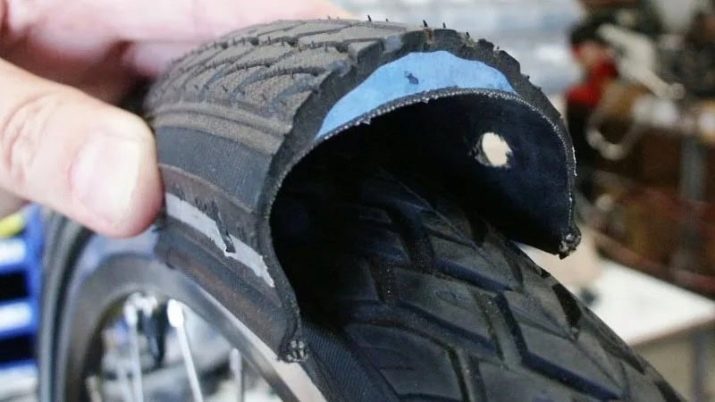
A high-quality tire has all of these layers. Density of cord weaving is 120-300 TPI (number of filaments per inch of surface distance). Kevlar or aramid threads are used here.
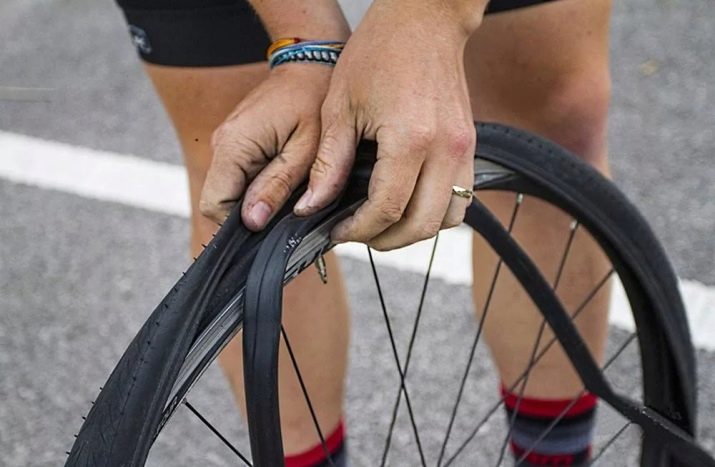
In low-quality and cheap bicycle tires, the density of the cord weaving reaches only 30-60 TPI, the cord layer is one, not three, the anti-puncture layer is absent.
The manufacturer saved vulcanizing additives on the quality of rubber - a lack of sulfur in volume. Such a tire leaves black marks on the skin when pressed with a finger - avoid them. It is better to choose a quality product for 5 years of active driving than to change worn tires every 2-3 months. As a result, it is more cost-effective.
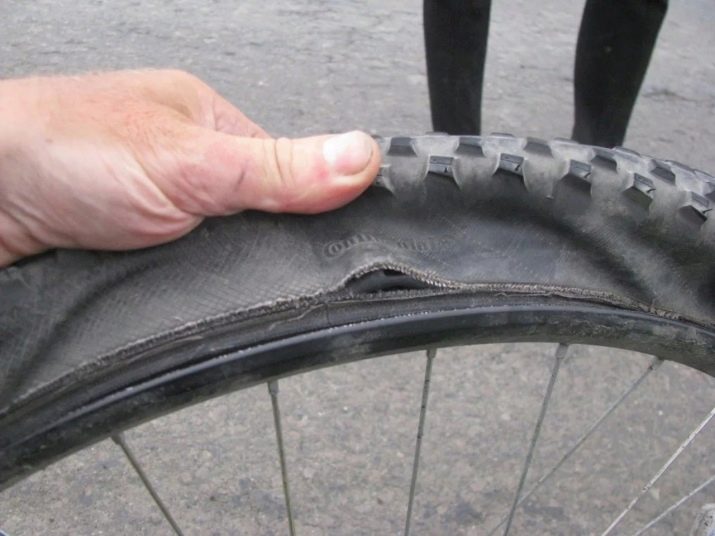
With mud tread
The mud tread can be improved by using studded sectors. This gives stability not only on mud, but also on an icy road, in conditions of freezing snow porridge - which slick ones cannot boast of.
Any aggressive tread is opposed to slick and semi-slick tires.
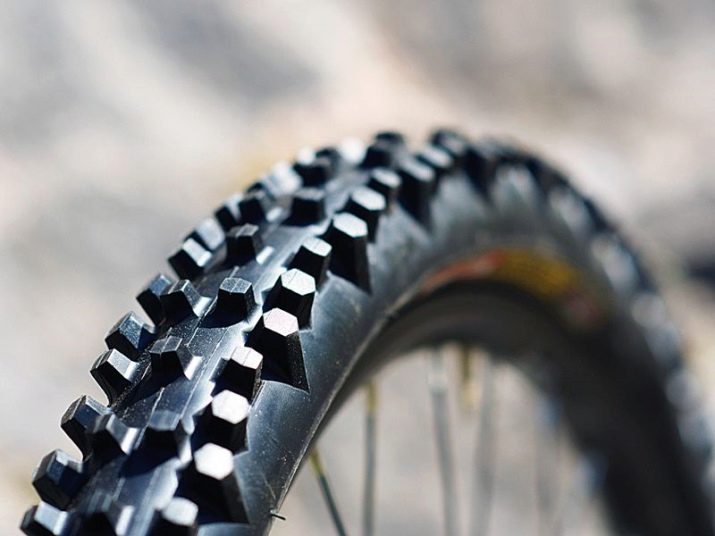
Additional Attributes
Tires with a white or reflective strip on the sides of the treadmill - a safety attribute on the track at night. Also, the tire differs in the shape of the tread sector. Leaving behind a trail repeating a special tread pattern, to the liking of adolescents who have mounted on a mountain bike with 26 inches of wheels.

Examples of ready-made solutions
Below are the ready-made options from leading manufacturers, sold in bike shops in Russia. Most models are anti-puncture. The consumer audience here is the owners of mountain bikes with 26-inch wheels.
- Kenda 26 x95, half-slick, 5-527625. Designed for hybrid and mountain bikes with 26-inch wheels. It requires a pressure of 2.8-4.5 atm. It weighs 790 g, the price is from 750 r.
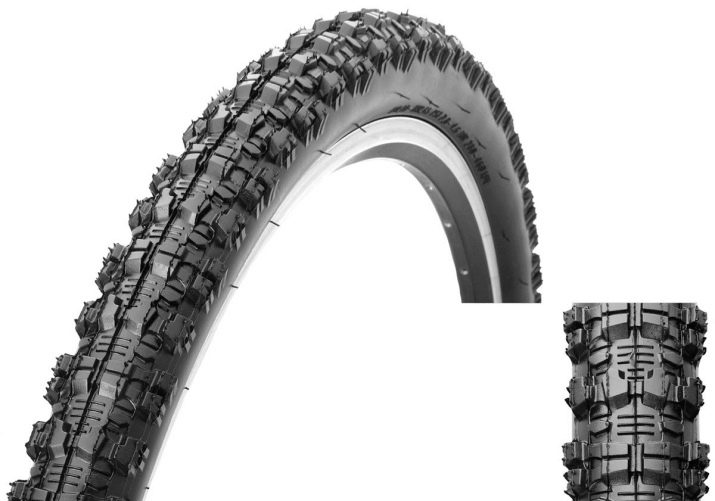
- Kenda 26 x10, cord weaving quality - 30 TPI, high tread with pyramid-shaped spikes, allowing you to quickly develop speed. The versatile tread pattern adheres well to the road or track. Cost - from 1250 p. Suitable for descents from a mountain or hill, for slalom. Weight - 690 g. Pressure - up to 4.6 atm.
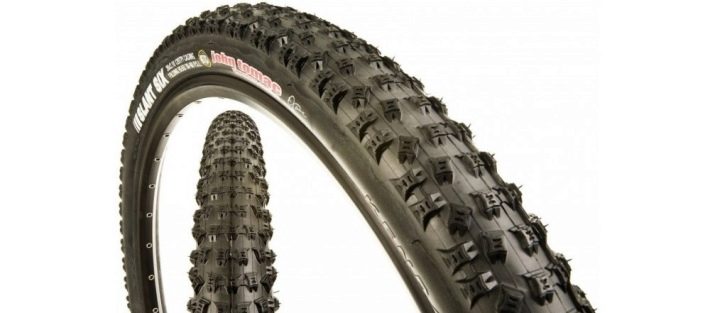
- Continental Ride Cruiser, hemuslik, 26x2.2, 180TPI, 101529. Designed for the city, anti-puncture layer, pumped up to 58 PSI, protection against punctures at the level of three layers of the cord with a thread frequency of 180 TPI. Weighs up to 950 g, price - 2090 p.
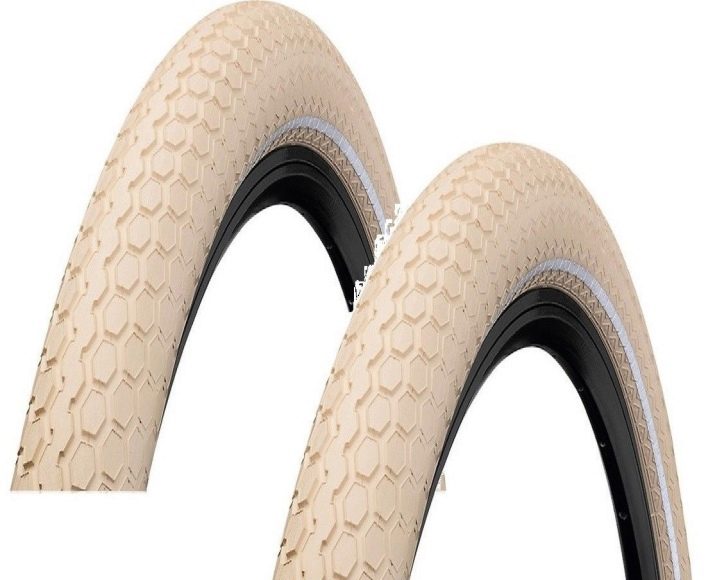
- Continental Contact Cruiser 26 x 2.0, puncture strength of the cord - as in the previous model. Weight - 900g, cost - 3100 r.

- Continental Contact Travel, slick, 26x2.0, pumped up to 65 PSI, there is a puncture protection, designed for city driving. Cord 3 * 180 TPI. Cost - from 4100 p.
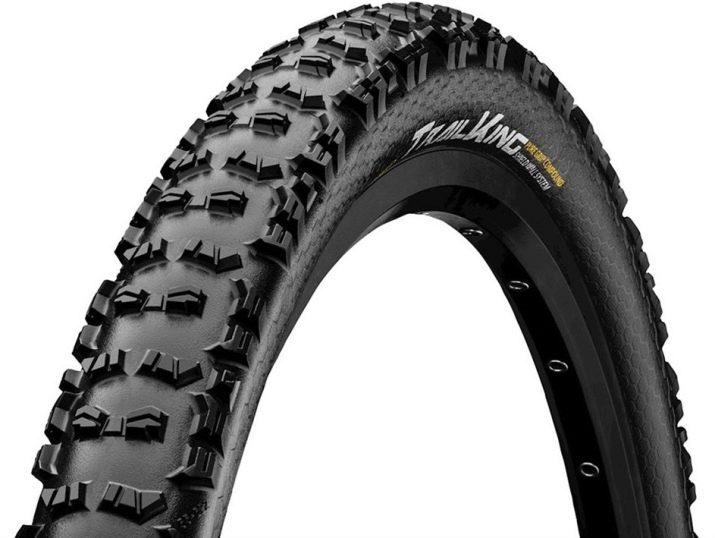
- Continental Town & Country, 26x2.1, 770 g, 65 PSI, natural rubber as a raw material, unsurpassed wear resistance.
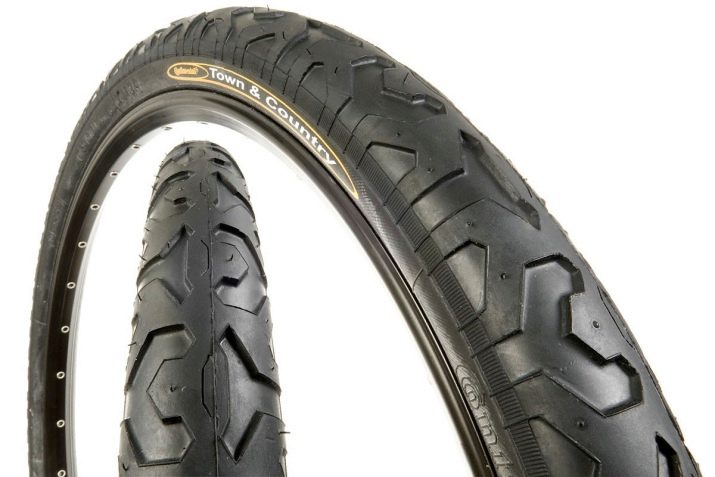
As the above examples show, the best choice for quality is still more determined by the specific price.
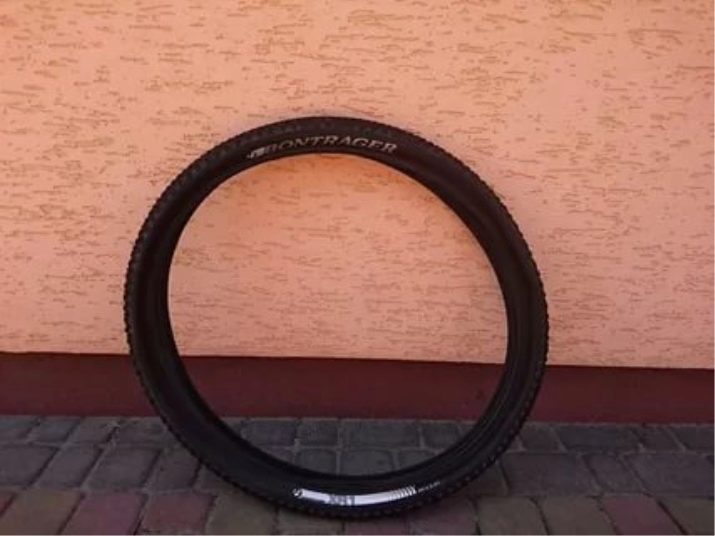
Final choice
Before making the final tire choice for your mountain bike, check the following.
- Slide your finger over the tire tread. Low-quality rubber will immediately leave the thinnest blackish layer of exfoliating rubber on your finger. This is a sign of unsatisfactory vulcanization of rubber, leading to delamination and rapid drying of its structure. Such unstable rubber has a sensitivity to wear, is not oil and frost resistant. It is better to immediately pass by such a tire.
- If the tire passed the previous test - pull out a few antennae left by the manufacturer from the sides. With good rubber, they are elastic, and you can’t tear them off right away. Low-quality rubber, which will sprinkle shortly after installation, is recognized by its easily detachable antennae.
- Feel the side cord - the place for which the tire is pulled over the rim. It should not be visible in places where the rubber is wiped or not applied initially, to be heterogeneous. Defective flight cables are easily stretched, which indicates their imminent breakage. A tire whose torn cord is torn is thrown away - when driving it will necessarily come off the rim.
- If you are interested in tubeless tires - they are repaired using a special glue - sealant. After a puncture, such a tire is repaired without removing it from the rim.

Checking the goods on the store website
Check the product description on the website of the online version of the store (for example, Sportmaster), where you buy this product. In our age of smartphones with unlimited mobile Internet, this is very simple. Verify it with the description on the label, tag, or package.. Firms that responsibly and readily supply high-quality rubber will give a full description of the tire model. For example, the material of each layer is indicated there, the working temperature of the product - in general, the description is meticulous, inspires confidence.
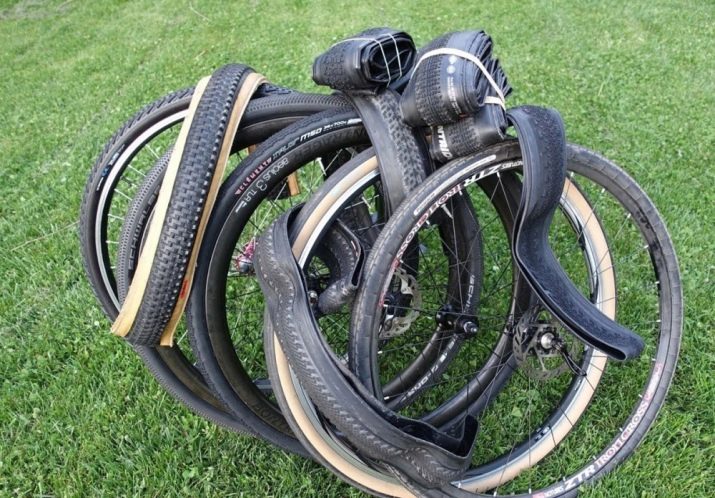
Little-known Chinese firms do not do this. Even such well-known companies as Stels and Chao Yang, the more fully indicate the data on a particular product, the more expensive it is.
Firm Schwalbe, For example, it specializes in fairly expensive, but no less high-quality anti-puncture tires and cameras - there is no deception. If the description is doubtful, far from complete, it does not even indicate whether it is synthetic rubber or natural - then look for something more credible. A big plus will be knowledge of the assortment of goods from many bicycle companies, following the advice of bicycle professionals and avid enthusiasts to travel far and for long - they will direct you to the true path.
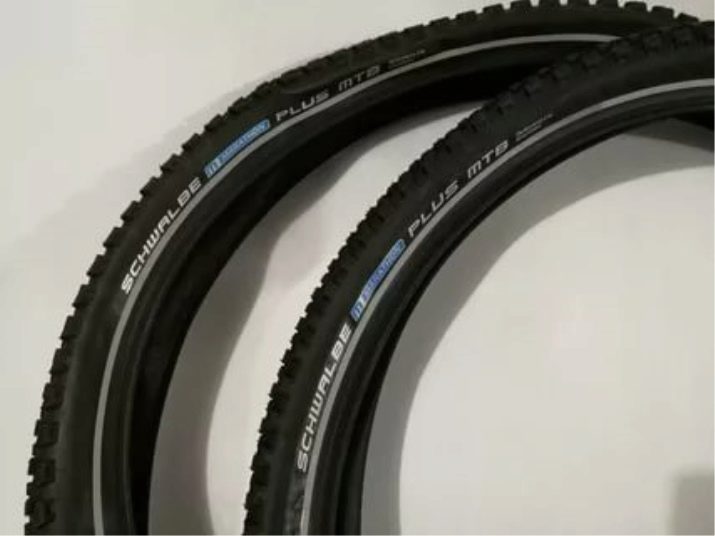
In the next video, you will learn how to choose the right tires for your bike.










